|
Richmond Barthé
James Richmond Barthé, also known as Richmond Barthé (January 28, 1901 – March 5, 1989) was an African Americans, African-American sculptor associated with the Harlem Renaissance. Barthé is best known for his portrayal of black subjects. The focus of his artistic work was portraying the diversity and spirituality of man. Barthé once said: "All my life I have been interested in trying to capture the spiritual quality I see and feel in people, and I feel that the human figure as God made it, is the best means of expressing this spirit in man." Early life James Richmond Barthé was born in Bay St. Louis, Mississippi to Richmond Barthé and Marie Clementine Robateau. Barthé's father died at age 22, when he was only a few months old, leaving his mother to raise him alone. She worked as a dressmaker and before Barthé began elementary school she remarried to William Franklin, with whom she eventually had five additional children.Lewis (2009) Barthé showed a passion and skill fo ... [...More Info...] [...Related Items...] OR: [Wikipedia] [Google] [Baidu] |
A Study Of Negro Artists
''A Study of Negro Artists'' is a silent film in black and white on four reels that was created in the 1930s to highlight the development of African-American fine arts. The film features many influential black artists associated with the Harlem Renaissance. The 37-minute motion picture was made by Jules V. D. Bucher. Funding The project was funded by the Harmon Foundation and screened at the New York Public Library to raise funds to save the Harlem Art Workshop. In creating ''A Study of Negro Artists'', the Harmon Foundation hoped to educate the American public about the rich African-American arts scene developing in New York City. Significance The film is an example of the New Negro Arts movement associated with the Harlem Renaissance. It also exemplifies the tendency to segregate artistic achievement according to perceived racial differences. Art critic John Ott has suggested that efforts by the Harmon Foundation of this kind "eclipses African American artistic endeavors ... [...More Info...] [...Related Items...] OR: [Wikipedia] [Google] [Baidu] |
Toussaint L’Ouverture
François-Dominique Toussaint Louverture (; also known as Toussaint L'Ouverture or Toussaint Bréda; 20 May 1743 – 7 April 1803) was a Haitian general and the most prominent leader of the Haitian Revolution. During his life, Louverture first fought against the French, then for them, and then finally against France again for the cause of Haitian independence. As a revolutionary leader, Louverture displayed military and political acumen that helped transform the fledgling slave rebellion into a revolutionary movement. Louverture is now known as the "Father of Haiti". Louverture was born enslaved on the French colony of Saint-Domingue, now known as Haiti. He was a devout Catholic who became a freeman before the revolution and, once freed, identified as a Frenchman for the greater part of his life. During his time as a freeman he attempted to climb the highly stratified social ladder on the island, combatting racism whilst gaining and losing much wealth while working as ... [...More Info...] [...Related Items...] OR: [Wikipedia] [Google] [Baidu] |
Century Of Progress
A Century of Progress International Exposition, also known as the Chicago World's Fair, was a world's fair held in the city of Chicago, Illinois, United States, from 1933 to 1934. The fair, registered under the Bureau International des Expositions (BIE), celebrated the city's centennial. The theme of the fair was technological innovation, and its motto was "Science Finds, Industry Applies, Man Adapts", trumpeting the message that science and American life were wedded. Its architectural symbol was the Sky Ride, a transporter bridge perpendicular to the shore on which one could ride from one side of the fair to the other. One description of the fair noted that the world, "then still mired in the malaise of the Great Depression, could glimpse a happier not-too-distant future, all driven by innovation in science and technology." Fair visitors saw the latest wonders in rail travel, automobiles, architecture and even cigarette-smoking robots. The exposition "emphasized technology and ... [...More Info...] [...Related Items...] OR: [Wikipedia] [Google] [Baidu] |
Rockefeller Center
Rockefeller Center is a large complex consisting of 19 commercial buildings covering between 48th Street and 51st Street in Midtown Manhattan, New York City. The 14 original Art Deco buildings, commissioned by the Rockefeller family, span the area between Fifth Avenue and Sixth Avenue, split by a large sunken square and a private street called Rockefeller Plaza. Later additions include 75 Rockefeller Plaza across 51st Street at the north end of Rockefeller Plaza, and four International Style buildings on the west side of Sixth Avenue. In 1928, the site's then-owner, Columbia University, leased the land to John D. Rockefeller Jr., who was the main person behind the complex's construction. Originally envisioned as the site for a new Metropolitan Opera building, the current Rockefeller Center came about after the Met could not afford to move to the proposed new building. Various plans were discussed before the current one was approved in 1932. Construction of Rockefeller Cente ... [...More Info...] [...Related Items...] OR: [Wikipedia] [Google] [Baidu] |
Hamlet
''The Tragedy of Hamlet, Prince of Denmark'', often shortened to ''Hamlet'' (), is a tragedy written by William Shakespeare sometime between 1599 and 1601. It is Shakespeare's longest play, with 29,551 words. Set in Denmark, the play depicts Prince Hamlet and his attempts to exact revenge against his uncle, Claudius, who has murdered Hamlet's father in order to seize his throne and marry Hamlet's mother. ''Hamlet'' is considered among the "most powerful and influential tragedies in the English language", with a story capable of "seemingly endless retelling and adaptation by others". There are many works that have been pointed to as possible sources for Shakespeare's play—from ancient Greek tragedies to Elizabethan plays. The editors of the Arden Shakespeare question the idea of "source hunting", pointing out that it presupposes that authors always require ideas from other works for their own, and suggests that no author can have an original idea or be an originator. When S ... [...More Info...] [...Related Items...] OR: [Wikipedia] [Google] [Baidu] |
John Gielgud
Sir Arthur John Gielgud, (; 14 April 1904 – 21 May 2000) was an English actor and theatre director whose career spanned eight decades. With Ralph Richardson and Laurence Olivier, he was one of the trinity of actors who dominated the British stage for much of the 20th century. A member of the Terry family theatrical dynasty, he gained his first paid acting work as a junior member of his cousin Phyllis Neilson-Terry's company in 1922. After studying at the Royal Academy of Dramatic Art he worked in repertory theatre and in the West End before establishing himself at the Old Vic as an exponent of Shakespeare in 1929–31. During the 1930s Gielgud was a stage star in the West End and on Broadway, appearing in new works and classics. He began a parallel career as a director, and set up his own company at the Queen's Theatre, London. He was regarded by many as the finest Hamlet of his era, and was also known for high comedy roles such as John Worthing in '' The Importance ... [...More Info...] [...Related Items...] OR: [Wikipedia] [Google] [Baidu] |
Féral Benga
François "Féral" Benga (1906–1957) was a Senegalese dancer and became a sought after model of the Harlem Renaissance, his portraits and sculptures taken by Carl Van Vechten, Richmond Barthé and George Platt Lynes among others. Biography François "Féral" Benga was the illegitimate grandchild of one of Dakar's wealthiest property owners. Benga left Dakar in 1925 to move to Paris and his father disinherited him. In 1930, Benga starred in ''The Blood of a Poet'', an avant-garde film directed by Jean Cocteau and financed by Charles de Noailles. In France, Benga was the Folies Bergère star; for a brief period his dance partner was Myrtle Watkins. In the summer of 1934, Richmond Barthé went on a tour to Paris. This trip exposed Barthé to classical art, but also to performers such as Féral Benga and Josephine Baker. He was thoroughly enchanted by Benga and led to Barthé taking a sculpture of Féral Benga in 1935. In 1935, Benga's partner, Geoffrey Gorer, wrote ''Africa Da ... [...More Info...] [...Related Items...] OR: [Wikipedia] [Google] [Baidu] |
Rose McClendon
Rose McClendon (August 27, 1884 – July 12, 1936) was a leading African-American Broadway actress of the 1920s. A founder of the Negro People's Theatre, she guided the creation of the Federal Theatre Project's African American theatre units nationwide and briefly co-directed the New York Negro Theater Unit. Biography Rose McClendon was born as Rosalie Virginia Scott in Greenville, South Carolina, and as a child relocated to New York City. She started acting in church plays in her youth. She became a professional actress in her thirties, after winning a scholarship to the American Academy of Dramatic Art. At age 20 she was married to Dr. Henry Pruden McClendon, a chiropractor. Her first notable role came in ''Deep River'', a "native opera with jazz", in 1926. In addition to acting, she also directed several plays at the Harlem Experimental Theatre. She appeared in the 1927 Pulitzer Prize-winning play '' In Abraham's Bosom'' by Paul Green. In 1931, she was in another Pau ... [...More Info...] [...Related Items...] OR: [Wikipedia] [Google] [Baidu] |
A'Lelia Walker
A'Lelia Walker (born Lelia McWilliams; June 6, 1885 – August 17, 1931) was an American businesswoman and patron of the arts. She was the only surviving child of Madam C. J. Walker, popularly credited as being the first self-made female millionaire in the United States and one of the first African American millionaires. Life and career Early life A'Lelia Walker was born Lelia McWilliams in Vicksburg, Mississippi, in 1885, the daughter of Moses and Sarah (née Breedlove) McWilliams. Her father died when she was two years old, and she moved with her mother to St. Louis, Missouri to live with her mother's three brothers.Jones, Alexis and Siclait, Aryelle (March 27, 2020"Who Was Madam C.J. Walker's Daughter A'Lelia And What Happened To Her?"''Women's Health'' Her mother married John Davis in 1894 and divorced in 1903. In 1906, her mother married Charles Joseph Walker, a newspaper advertising salesman, and became an independent hairdresser and retailer of cosmetic creams. A'Lelia ... [...More Info...] [...Related Items...] OR: [Wikipedia] [Google] [Baidu] |
Alain Locke
Alain LeRoy Locke (September 13, 1885 – June 9, 1954) was an American writer, philosopher, educator, and patron of the arts. Distinguished in 1907 as the first African-American Rhodes Scholar, Locke became known as the philosophical architect —the acknowledged "Dean"— of the Harlem Renaissance. review of Jeffrey C. Stewart, ''The New Negro: The Life of Alain Locke'' (Oxford University Press, 2018) He is frequently included in listings of influential African Americans. On March 19, 1968, the Rev. Dr. Martin Luther King Jr. proclaimed: "We're going to let our children know that the only philosophers that lived were not Plato and Aristotle, but W. E. B. Du Bois and Alain Locke came through the universe." Early life and education He was born Arthur Leroy Locke in Philadelphia, Pennsylvania, on September 13, 1885,Note: Locke always gave his year of birth as "1886", and many sources give 1886. He was, however, born in 1885. A note by Locke in the Alain Locke Papers (archived at ... [...More Info...] [...Related Items...] OR: [Wikipedia] [Google] [Baidu] |
Julius Rosenwald
Julius Rosenwald (August 12, 1862 – January 6, 1932) was an American businessman and philanthropist. He is best known as a part-owner and leader of Sears, Roebuck and Company, and for establishing the Rosenwald Fund, which donated millions in matching funds to promote vocational or technical education. In 1919 he was appointed to the Chicago Commission on Race Relations. He was also the principal founder and backer for the Museum of Science and Industry in Chicago, to which he gave more than $5 million and served as president from 1927 to 1932. Early life Julius Rosenwald was born in 1862 to the clothier Samuel Rosenwald and his wife Augusta (Hammerslough), a Jewish immigrant couple from Germany. He was born and raised just a few blocks from Abraham Lincoln's residence in Springfield, Illinois, during Lincoln's presidency. In 2020, the house, formerly known as ''Lyon House'', was renamed in his honor, and a plaque erected. By his sixteenth year, Rosenwald was apprentice ... [...More Info...] [...Related Items...] OR: [Wikipedia] [Google] [Baidu] |
Great Depression
The Great Depression (19291939) was an economic shock that impacted most countries across the world. It was a period of economic depression that became evident after a major fall in stock prices in the United States. The Financial contagion, economic contagion began around September and led to the Wall Street Crash of 1929, Wall Street stock market crash of October 24 (Black Thursday). It was the longest, deepest, and most widespread depression of the 20th century. Between 1929 and 1932, worldwide Gross domestic product, gross domestic product (GDP) fell by an estimated 15%. By comparison, worldwide GDP fell by less than 1% from 2008 to 2009 during the Great Recession. Some economies started to recover by the mid-1930s. However, in many countries, the negative effects of the Great Depression lasted until the beginning of World War II. Devastating effects were seen in both rich and poor countries with falling personal income, prices, tax revenues, and profits. International t ... [...More Info...] [...Related Items...] OR: [Wikipedia] [Google] [Baidu] |
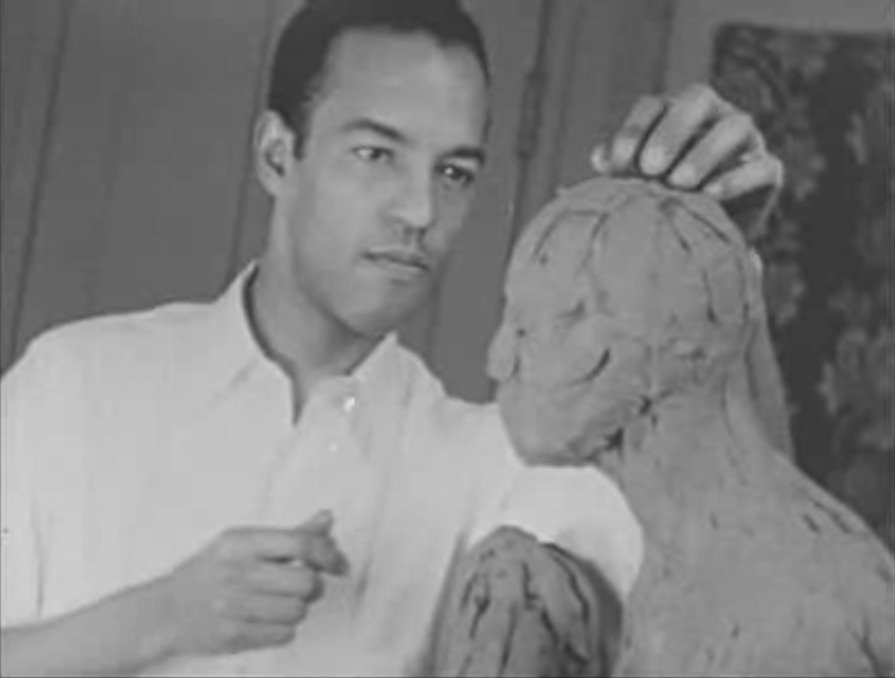
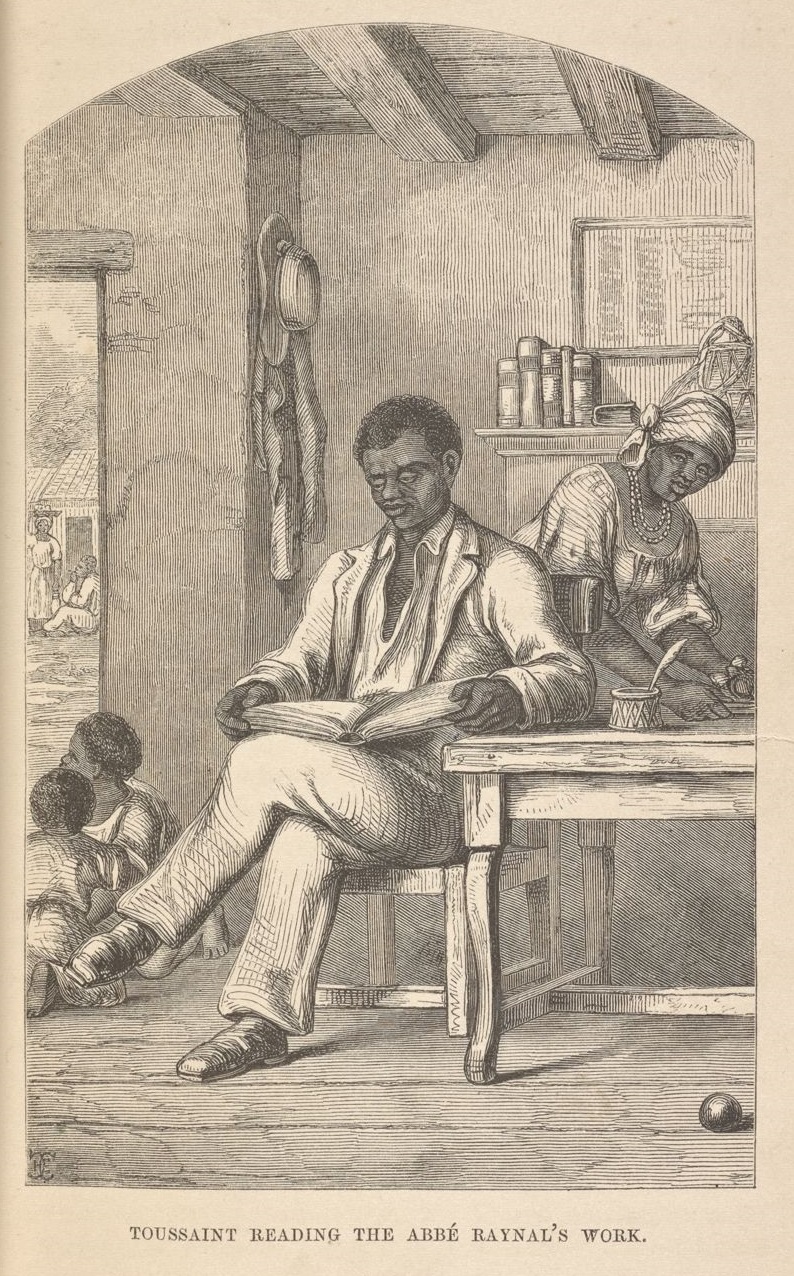



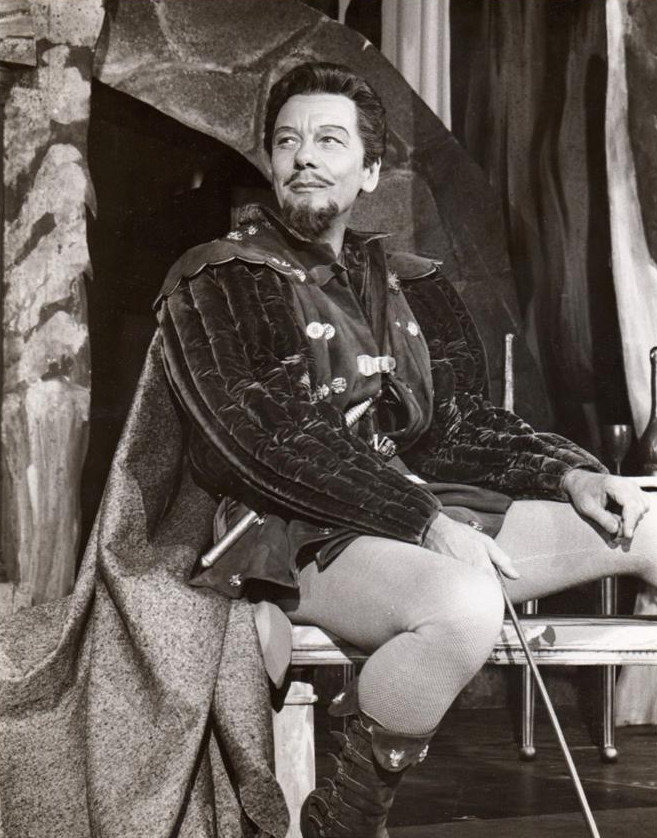
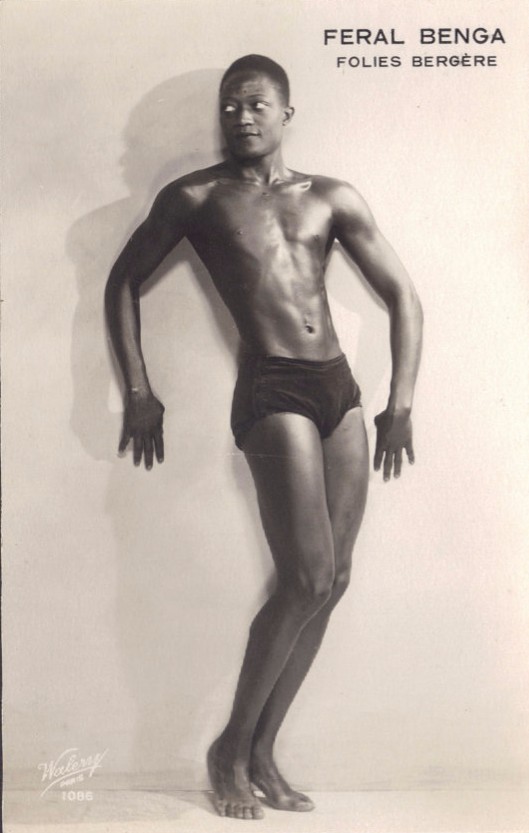
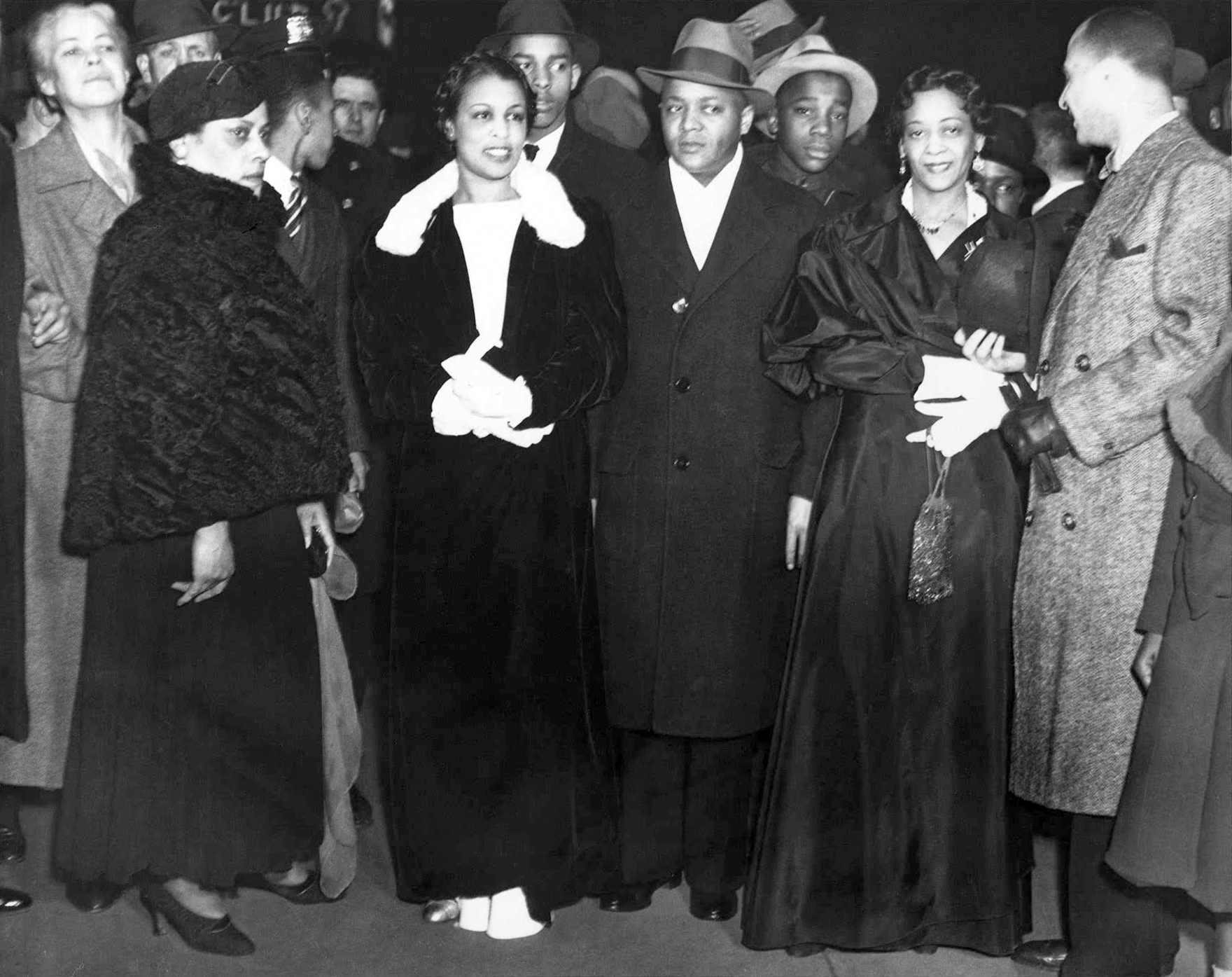

.jpg)
